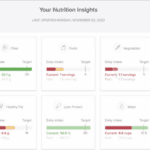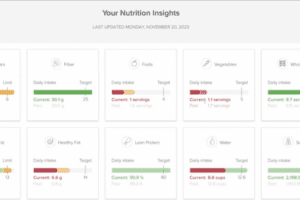Surecripts is a company that is synonymous with e-prescribing. Increasingly, healthcare organizations are using the company’s platform to exchange more than prescription information. Vaccination status, demographic information and notes are increasingly shared. Surescripts recently announced its intention to become a QHIN, firmly positioning the company a player in the interoperability space. Why would they do this?
Healthcare IT Today sat down with Justin McMartin, Product Manager at Surescripts to get an answer to that question…and to learn more about the company’s interoperability efforts, their QHIN plans, and the different kinds of data requests they are seeing on their platform.
Surescripts is Actually an Interoperability Company
According to Surescript’s 2022 National Progress Report, 1.23 million prescribers used their platform to fill 2.34 billion e-prescriptions. That same report also showed the company delivered:
- 55 billion medication histories
- 25 billion clinical documents
…via its platform.
“We really are an interoperability company,” said McMartin. “We send and receive 20 to 30 million transactions each month through our record locator and exchange product. Exchanging health information is everything we do.”
Confirmation of Vaccination
The pandemic accelerated the use of Surescripts’ platform as an information exchange.
“We are excited about the role we played during the pandemic,” explained McMartin. “As COVID-19 vaccines were administered by pharmacy partners, the immunization information for those patients was fed back to healthcare providers so that it could be recorded in their health records.”
Immunization information continues to be exchanged in high volumes on the company’s platform, even though the pandemic has waned.
Surescripts + QHIN
In April, Surescripts announced it intended to become a Qualified Health Information Network (QHIN) and cement its commitment to the Trusted Exchange Framework and Common Agreement (TEFCA).
“Surescripts has been an industry-leading example of interoperability for more than 20 years,” said Tara Dragert, Chief Product Officer at Surescripts in the press release. “We support the goals of TEFCA and are committed to innovation that fundamentally changes the interoperability landscape to support healthcare professionals, patients and their families.”
With more than 21.7 billion health information transactions passing through its platform, Surescripts is one of the largest (if not the largest) information exchange in the United States. Viewed from this lens, it is not hard to see why Surescripts is seeking to become a QHIN.
Watch the interview with Justin McMartin to learn:
- How Surescripts is leveraging clinical direct messages
- What becoming a QHIN will mean for Surescripts customers
Learn more about Surescripts at https://surescripts.com/
Listen and subscribe to the Healthcare IT Today Interviews Podcast to hear all the latest insights from experts in healthcare IT.
And for an exclusive look at our top stories, subscribe to our newsletter.
Tell us what you think. Contact us here or on Twitter at @hcitoday. And if you’re interested in advertising with us, check out our various advertising packages and request our Media Kit.













